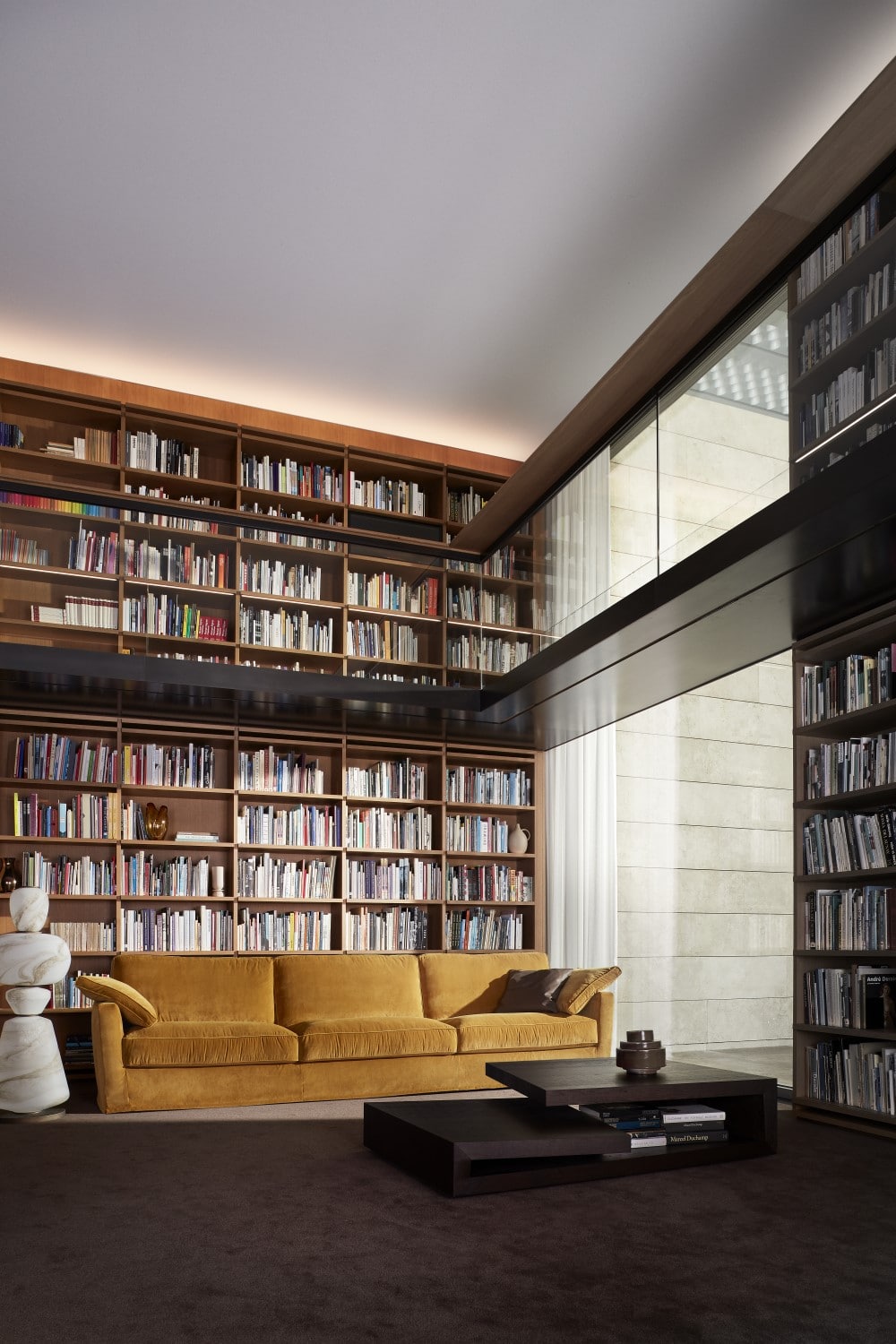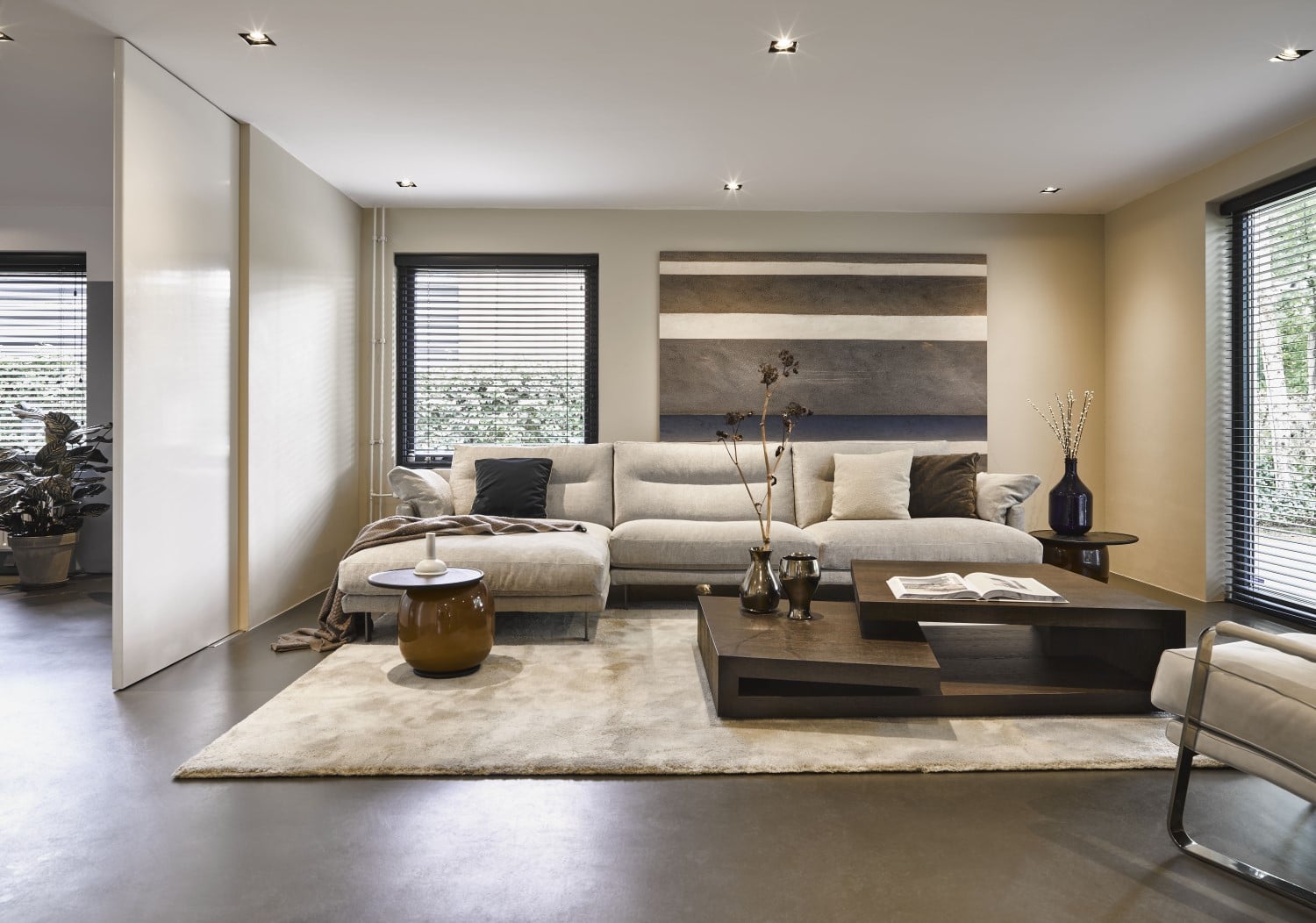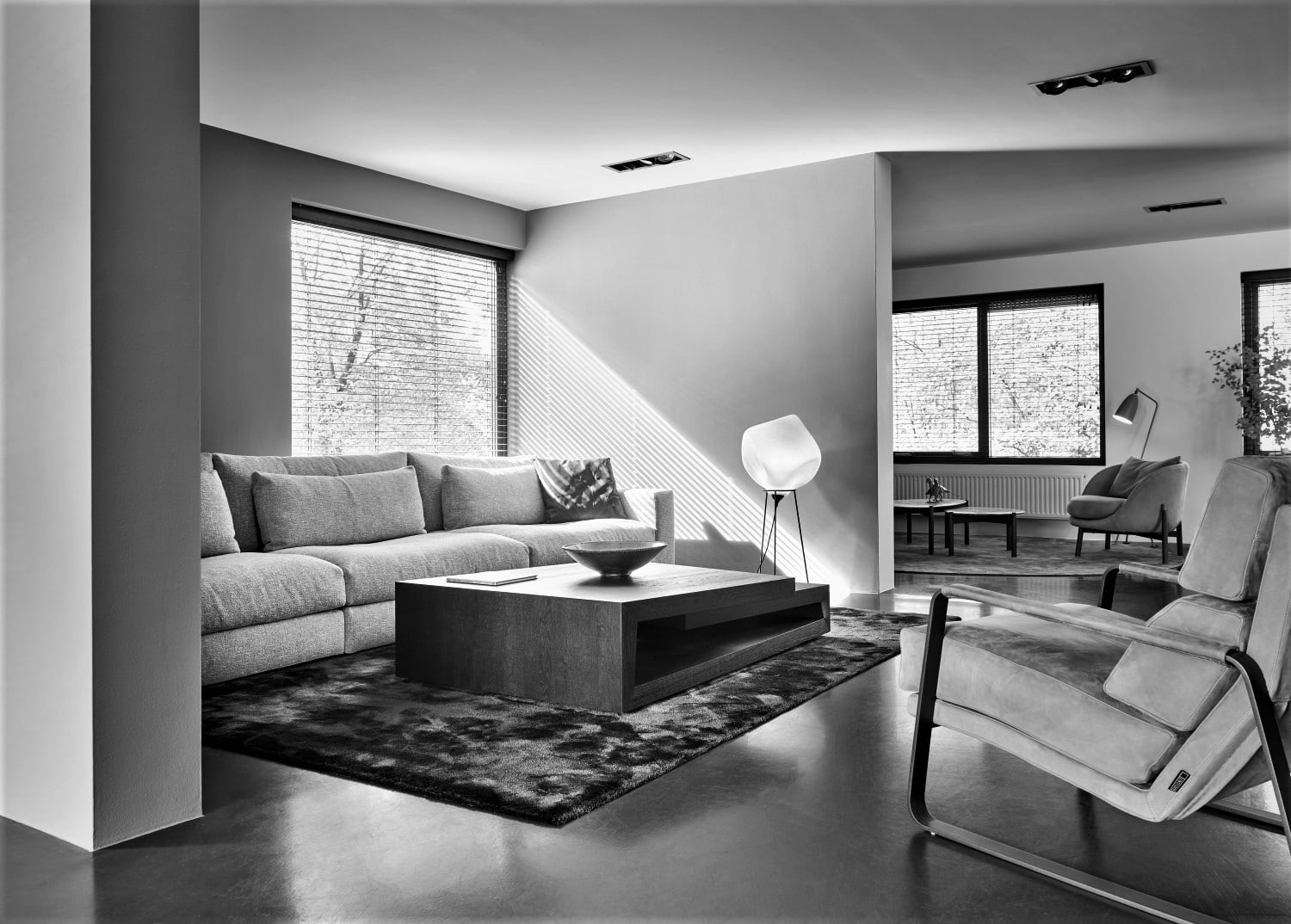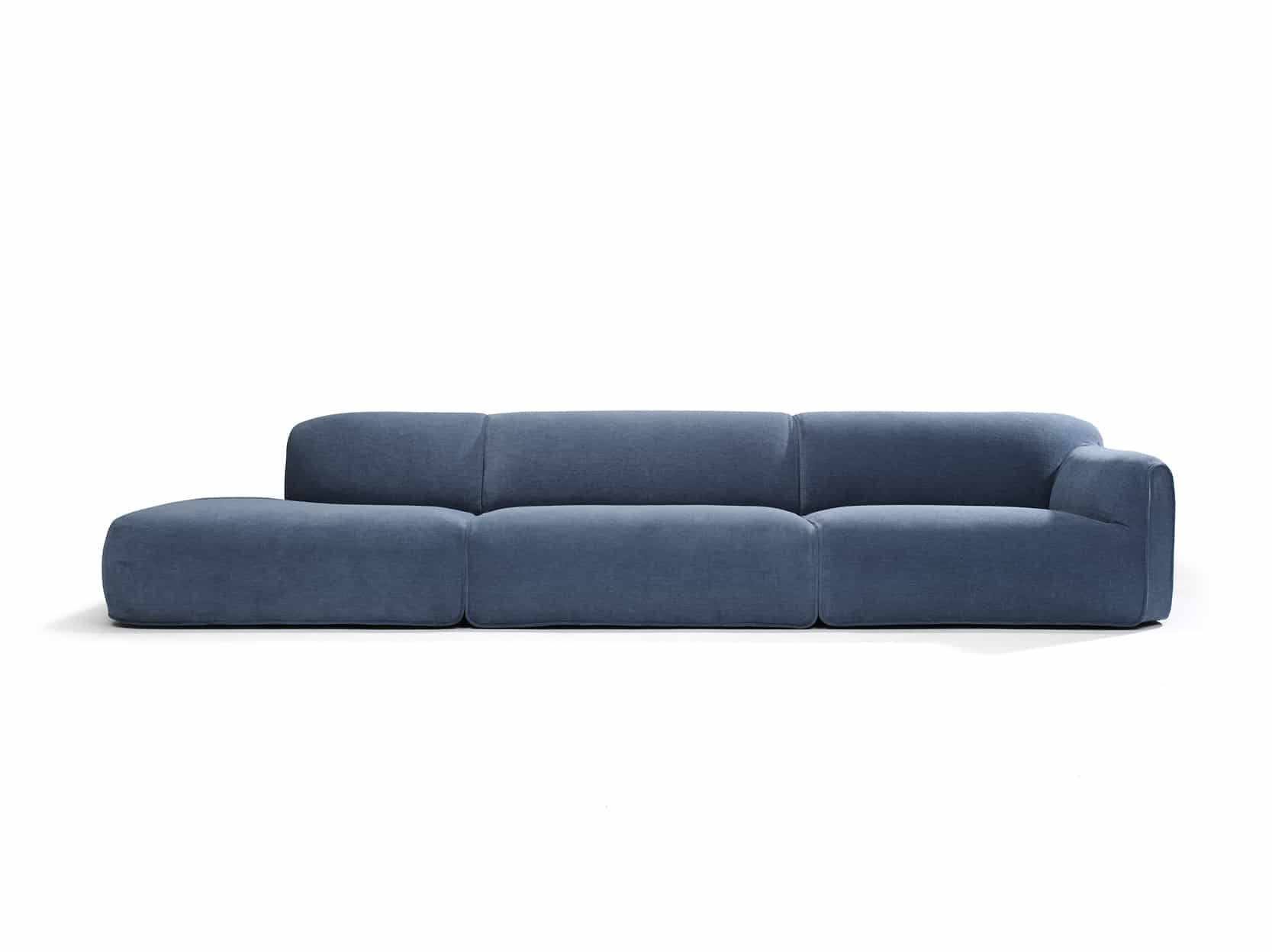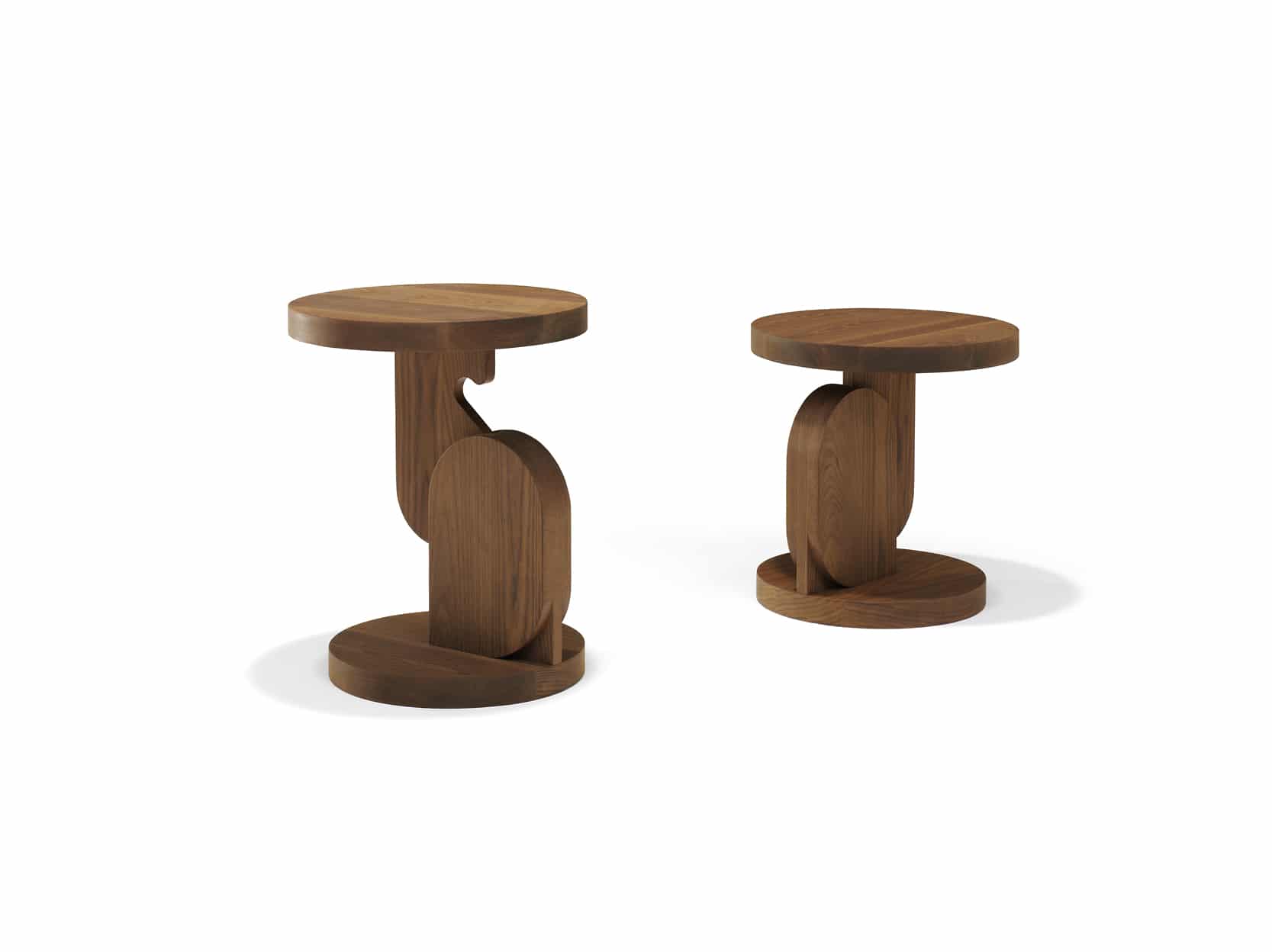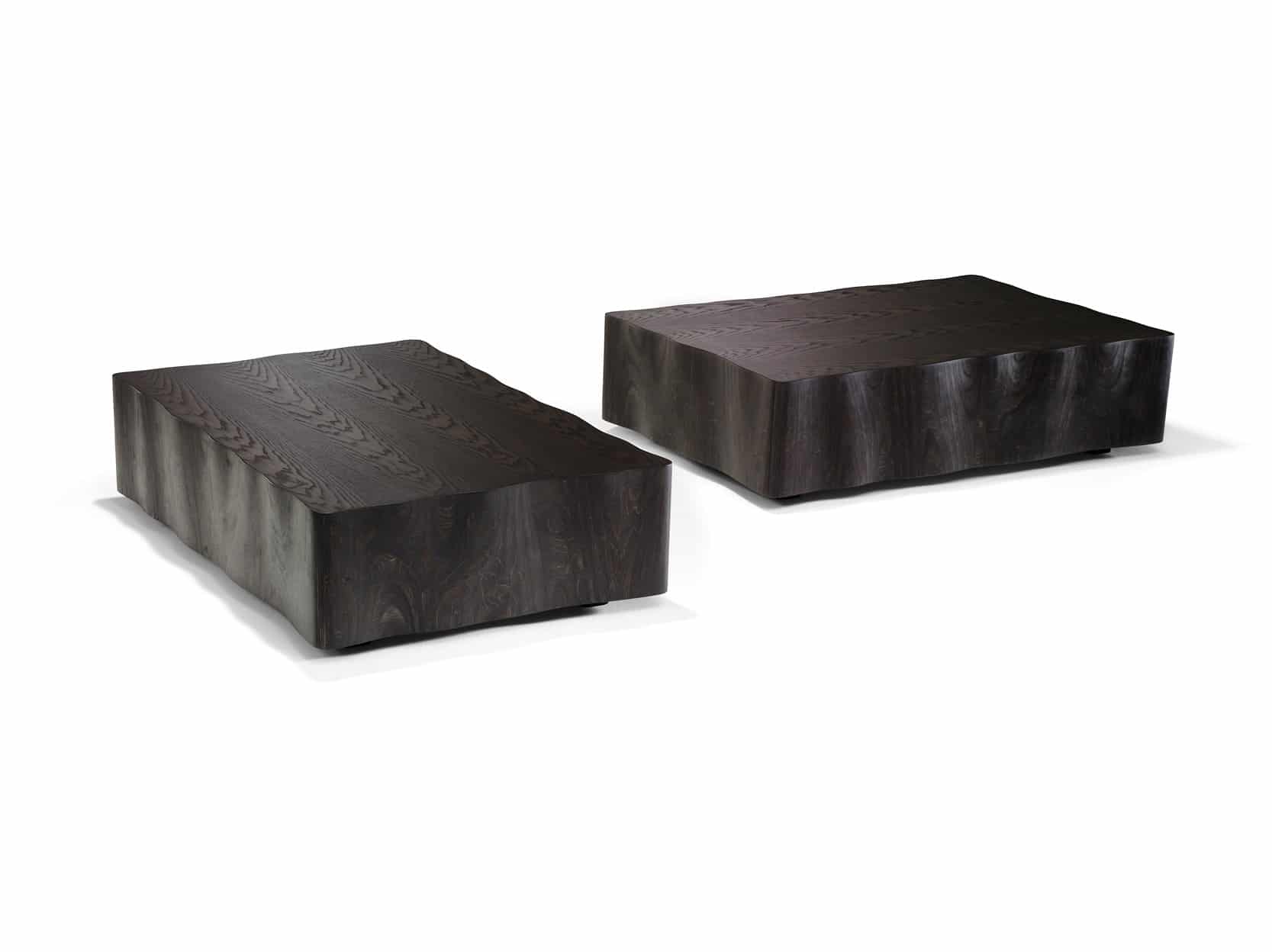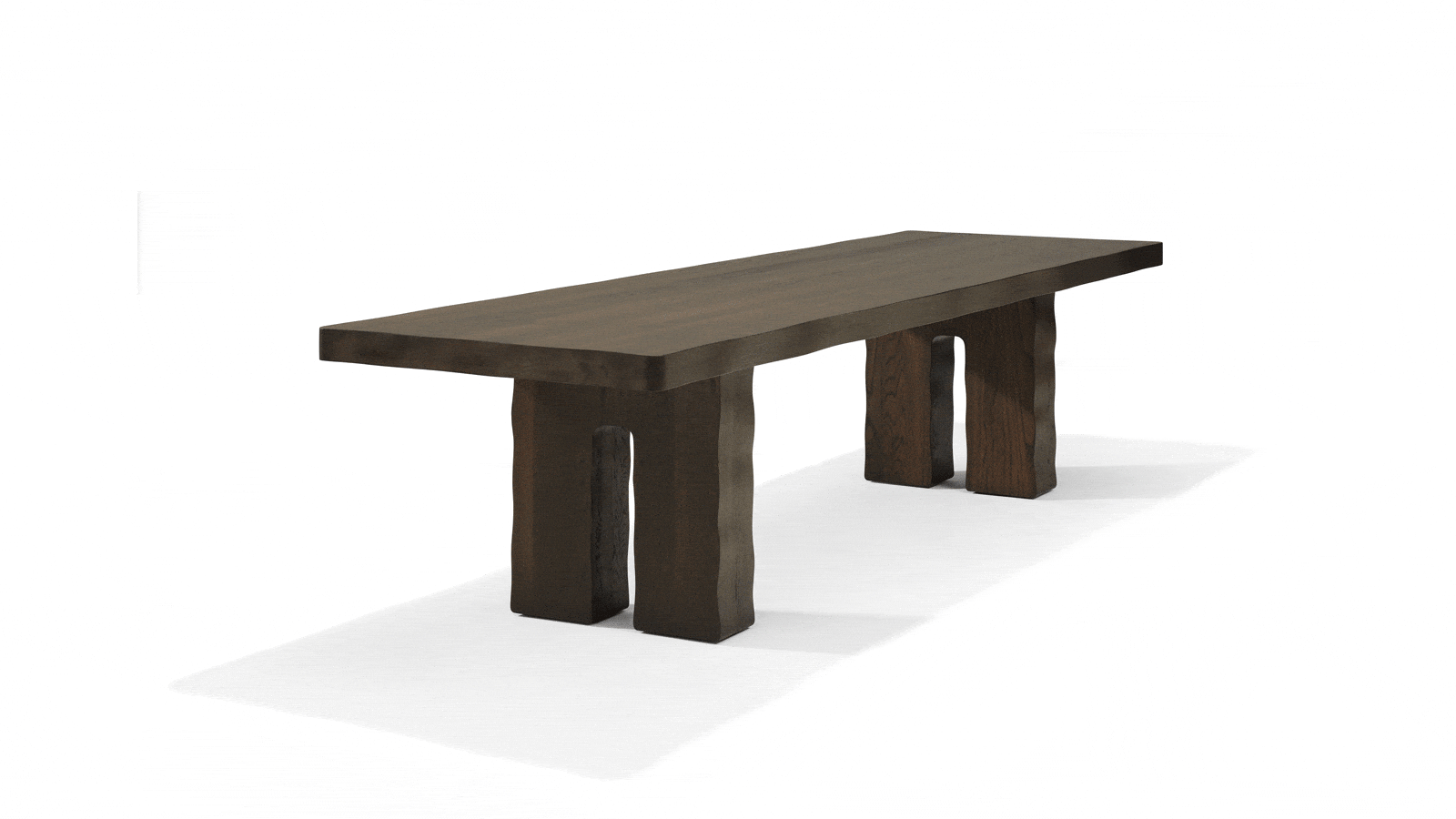


We are happy to help you
If you have any questions or comments, you can contact us in several ways.
Your feedback is welcome
Did you find an error or is something not working. Tell us what you think of our website
Your feedbackRoderick Vos about the design process of his coffee table 'SAN'
'The idea for this table emerged in the wood factory, when I was looking at a CNC (computer numerical control) router, cutting an angled pattern in a rectangular plane. Actually, this is how most of my ideas come about, from LINTELOO’s ‘Isola’ to the ‘San’. I am just not the kind of designer who can simply sit at his desk and start drawing. I have to go out, on an adventure. And factories are where it all happens. For me, that is where I get the best ideas for an interesting design. I am more of a do-er, and this process suits me best.
I realized I could use my basic concept for a series of coffee tables, with an exciting, Escher-esque feel. Plus, I had never seen a table like it, which triggered me to delve in deeper. I don’t enjoy ‘repeating’ what has already been done by other designers. I really want to add something new.'
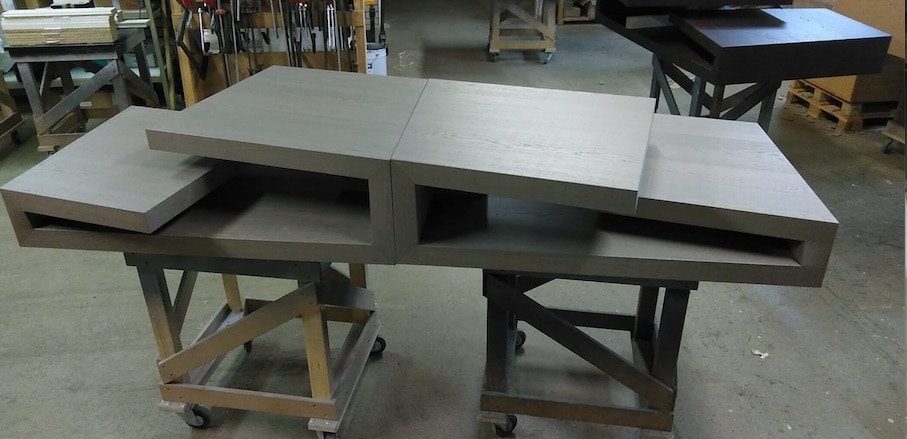
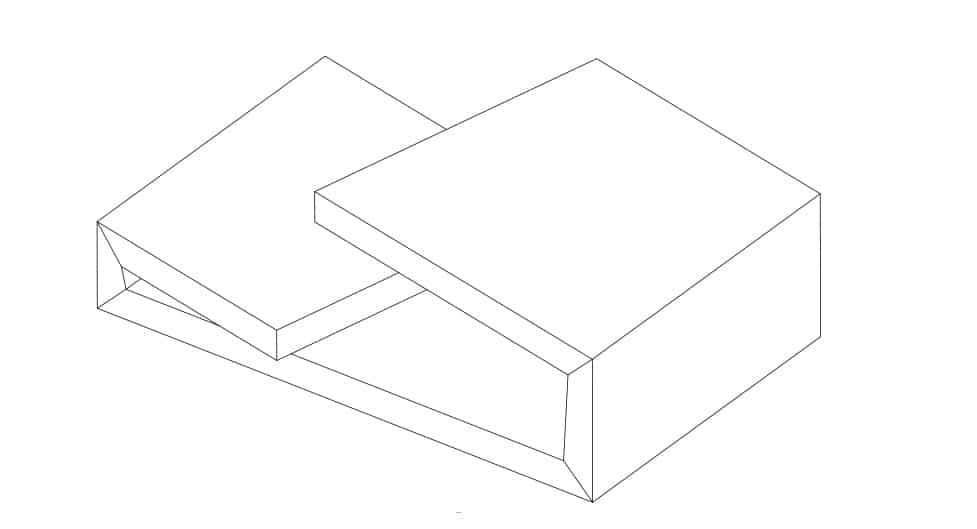
'Strangely, this concept brought back childhood memories. Folding paper airplanes, in a way that reminds you of Japanese origami. Beauty can often be so simple. It is as if you are folding a sheet of paper in half, but not perfectly, so that the corners do not match up. This is the basic principle of San’s design—a sort of origami, but with wood rather than paper.
By folding the flat 2D rectangle over three times, and each time slightly off-kilter, this 3D image emerges, with the two-tiered tabletop protruding over the sides. And once I had developed this idea, I realized that these 3D elements could then be used as jigsaw pieces, creating all kinds of interesting configurations. I love it when a design leaves room for personal input from the end-user, allowing people to add a playful element to their interior. With just two elements, you can create five different arrangements. But obviously, using just one already adds excitement to a room—great to look at and definitely a conversation piece. In my opinion, this typifies the LINTELOO collection: playful and iconic.'
More about SAN More about Studio Roderick Vos
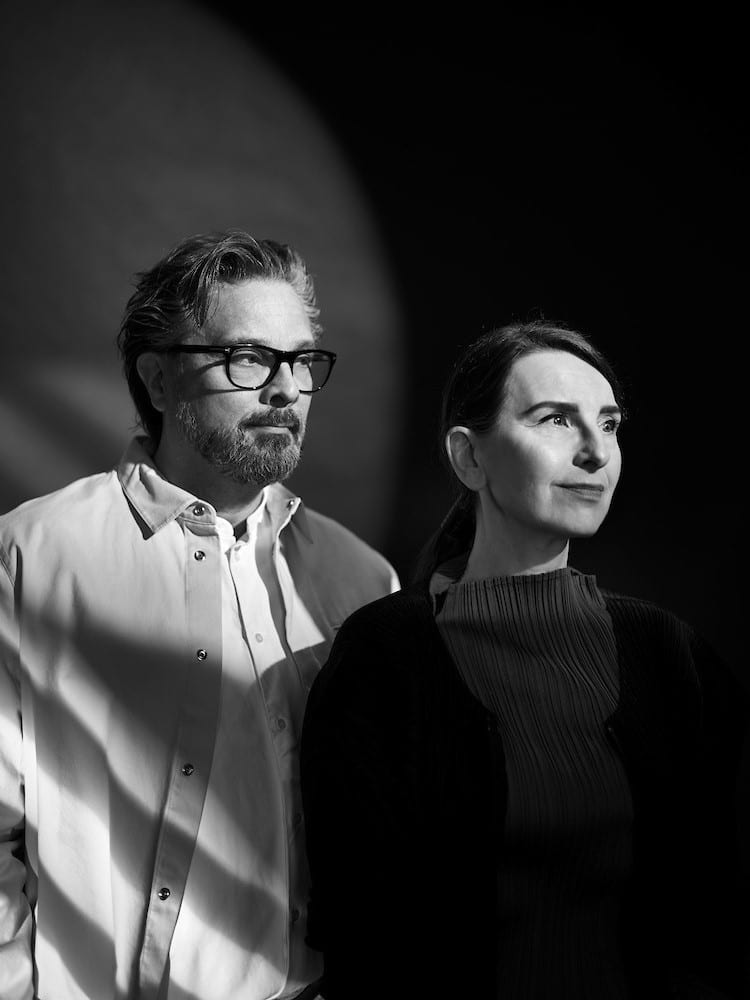
Studio Roderick Vos
Roderick Vos, (Groningen, The Netherlands, 1965) started his studies in Industrial Design at Design Academy Eindhoven in 1984. In 1987, working as a trainee, he moved to Japan for 6 months. Being partly Asian himself, this particular period evidently had a large impact on his personal interest in Asian Culture and its works.
Together with his partner Claire Vos, he graduated in 1990 from the Design Academy and moved to Indonesia, Surabaya to develop their knowledge of rattan furniture and textile production. In 1999 they officially started their design office ‘Studio Roderick Vos’, now based in Nijmegen, the Netherlands. Several of their works were acquired by prestigious museums, such as Stedelijk Amsterdam and Museum of Arts & Design New York.

